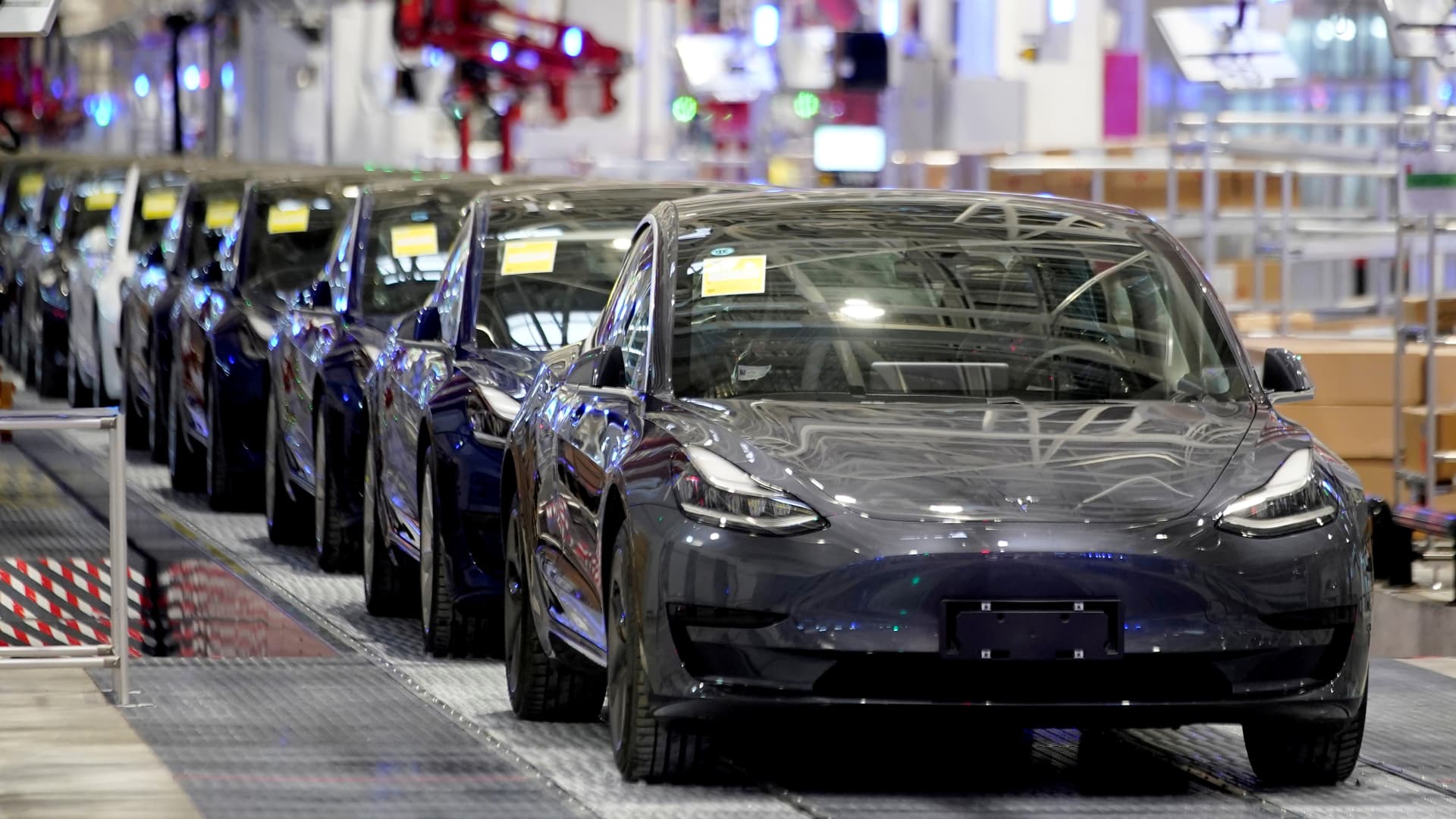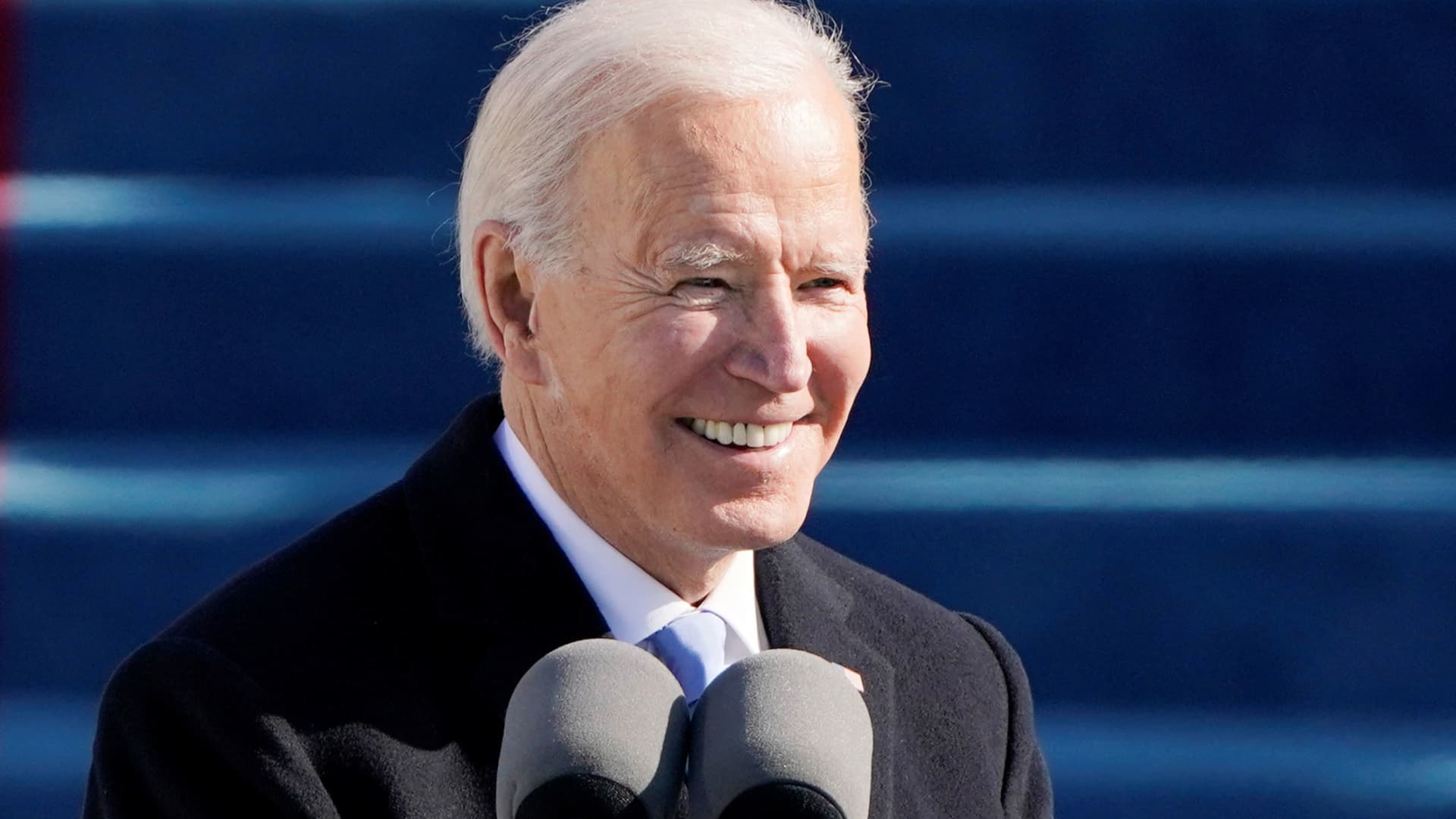Along the lines of a legacy car company with a historically solid business transitioning to EV, check out BWA.
If those estimated futures prove to be accurate, this is a good one here.
Last close = $39.30
FMV = $64.00
MS analysis:
Analyst Note | by Richard Hilgert Updated Oct 30, 2020
BorgWarner reported third-quarter earnings per share before special items of $0.88, ahead of the $0.79 CapIQ consensus EPS estimate by $0.09 but $0.08 below the year-ago result due to a higher effective tax rate. Consolidated revenue returned to growth, increasing 1.7% to $2.5 billion but would have been up 0.8% excluding favorable currency effect. Sequentially from second to third quarter, revenue rebounded 78%. Adjusted EBIT was $317 million with a margin of 12.5% versus $294 million and an 11.8% margin reported last year, a solid result considering the lingering effects of coronavirus. The acquisition of Delphi was closed on the first day of the fourth quarter and is not included in third-quarter results, except for $16 million in merger related expenses excluded from adjusted EBIT.
BorgWarner’s organic revenue increase outperformed a 2% decline in global light vehicle production (weighted to the company’s geographic exposure) by roughly 3 percentage points, demonstrating our investment thesis that BorgWarner’s change in revenue will consistently be above the change in its addressable market. BorgWarner shares currently trade at a 45% discount to our $64 fair value estimate. Even though COVID-19 may continue to create near-term stock price volatility, we think the 5-star-rated shares are attractively valued.
Management guidance assumes full-year global light vehicle production to be down by about 19%. As a result, the company expects 2020 revenue to range between $9.70 billion and $9.85 billion, including Delphi revenue of about $975 million. Despite the drop in production, management forecasts positive 2020 free cash flow of $475 million to $525 million, including $100 million in cash costs for Delphi integration. Barring a COVID-19 resurgence, we expect BorgWarner to maintain its $0.17 quarterly dividend. Liquidity remains healthy at $3.6 billion, including $2.1 billion in cash and $1.5 billion in undrawn credit availability.
Business Strategy and Outlook | by Richard Hilgert Updated Oct 30, 2020
BorgWarner is well positioned to capitalize on industry trends arising from global clean air legislation, consumers' demand for fuel economy, and the popularity of sport utility and crossover vehicles around the world. The company benefits from its ability to continuously innovate, a global manufacturing footprint, highly integrated long-term customer ties, high customer switching costs, and moderate pricing power from new technologies. The acquisition of Delphi Technologies on Oct. 1 supports our thesis.
In our opinion, BorgWarner is well positioned for the trends in the auto sector that will result in revenue growth in excess of the growth in global automobile demand. We estimate 5% average annual revenue growth over our five-year forecast, roughly 2-4 percentage points higher than our expectations for 1%-3% long-term growth in global light-vehicle demand. We expect turbocharged fuel-injected four-cylinder gasoline engine penetration to accelerate, given more stringent clean air legislation around the world. We also think that the early demise of the diesel engine in passenger vehicle applications is overexaggerated by the market. Turbochargers, one of BorgWarner's products for which it commands an industry-leading market share, are a cost-effective way for OEMs to improve engine efficiency. Fuel-injection technology from the Delphi acquisition also improves efficiency. Combined, both technologies increase fuel economy, lowering tailpipe emissions.
BorgWarner is also well positioned for growth in hybrids and battery electric vehicles. The Delphi acquisition adds electric and electronic controls to BorgWarner's electric motors and driveline technologies. Regardless of the powertrain automakers chose, we think BorgWarner's revenue growth potential remains unchanged. BorgWarner's drivetrain business includes wet dual-clutch and torque transfer technologies. Dual-clutch transmissions, which contain eight or more gears, compared with older technology automatic transmissions equipped with four gears, can generate 5%-15% in fuel savings. Torque transfer devices enable all-wheel drive and four-wheel drive for globally popular sport utility and crossover vehicles.
Economic Moat | by Richard Hilgert Updated Oct 30, 2020
BorgWarner's economic moat rating is narrow. The sources of the company's moat include intangible assets, high customer switching costs, and cost advantages. BorgWarner benefits from a substantial global manufacturing presence, highly integrated and long-term customer ties, and a moderate level of pricing power from the regular commercialization of new technologies.
BorgWarner's consistent technology innovation and ability to find alternative vehicular applications enable more favorable pricing relative to many automotive industry suppliers, increasing the company's dollar content per vehicle. Automakers are willing to pay for components and systems that provide substantial product differentiation, weight reduction, enhanced safety, or reduced cost, all while meeting fuel efficiency and emissions regulatory requirements, as is the case with BorgWarner.
For example, the company's gas and diesel turbochargers and fuel-injectors, exhaust gas recirculation valves, dual-clutch transmission components, timing chains, and cam phasers have a combined potential to improve fuel economy by 25%-50%. If automakers chose to meet these regulations by developing a hybrid or all-electric vehicle, BorgWarner is ready with technology that meets its customers' demands, like integrated drive modules, electric motors, eGearDrive, high voltage inverters, cabin heaters, and hybrid fan drives.
Demonstrating BorgWarner's innovation as well as the benefit of having a globally diverse customer base, from 1999 to 2009 revenue grew at a 5.0% annual rate, comparing extremely well against the backdrop of an annualized 4.7% decline in U.S. light-vehicle sales volume over the same time frame. From 1999 to 2007, BorgWarner's precrisis peak year, revenue grew at a 10% annualized rate, compared with an annualized 0.6% decline in U.S. light-vehicle unit sales. Even though U.S. light-vehicle sales units declined at a 20% annualized rate from 2007 to 2009, the company's sales declined at a slower 14% annualized rate.
BorgWarner's customers would incur prohibitively high switching costs should they withdraw business in the middle of a vehicle program, especially when BorgWarner has a supply agreement for a complete set of engine, drivetrain, electrified powertrain components. Costs of switching to another supplier would include the substantial lead time and investment to develop and validate new components; potentially the construction of new supply facility, the risk that the customer experiences production disruptions; and moving large, expensive heavy equipment and tooling. The whole process of changing a critical supplier like BorgWarner might cost an OEM as little as a few million dollars to several hundred million dollars, depending on the size and scope of the components or systems replaced.
Automotive OEMs want vendors like BorgWarner that can supply their global requirements. To reduce cost, the underlying structure and powertrain of a particular vehicle sold in the U.S. may be the same as another vehicle sold in Europe, South America, or Asia. Also, some countries have local content laws that require a certain percentage of components be sourced from within that country. Winning a contract to supply a major component or system for a global vehicle program requires a supplier with a substantial global manufacturing presence. Developing a manufacturing footprint the size of BorgWarner's, with a presence in 18 countries, would require a high amount of capital investment, a substantial barrier to entry for potential new competitors.
Close ties with OEM customers are integral to success in the automotive industry supply base and create another significant barrier to entry. New vehicle powertrain lead times can be as long as 48 months. Since increased fuel economy and emission reduction are mandated, BorgWarner's engineers participate very early in the development process, especially when an all new powertrain is being developed.
Once launched, most vehicle programs have a 5- to 10-year lifecycle while many powertrain programs have a 10- to 15-year lifecycle, assuring BorgWarner long-term contractual streams of revenue, albeit subject to volume changes dependent on consumer demand. When a vehicle nameplate has a complete redesign, including powertrain, and BorgWarner is the supplier for the predecessor program, the company typically becomes the incumbent supplier for the redesigned successor vehicle program. In total, BorgWarner potentially has a 6- to 13-year tie-up with each customer's vehicle program with up to an additional year for new powertrain programs. We view BorgWarner's diverse, well-established, long-term, highly integrated customer relations supplying hundreds of vehicle programs as providing an intangible asset moat source.
Fair Value and Profit Drivers | by Richard Hilgert Updated Oct 30, 2020
We recently raised our fair value estimate on the shares of BorgWarner to $64 per share from $60 after including the acquisition of Delphi Technologies in our Stage I forecast. We expect revenue to grow at an organic 5% annualized rate over our five-year forecast period as automaker customers focus on reducing vehicle emissions. We estimate 2020 proforma revenue of $12.6 billion, down 13% from pro forma 2019 revenue of $14.5 billion, due to the outbreak of COVID-19. However, a no-deal Brexit trade agreement represents significant risk to our forecast as roughly 40% of BorgWarner's revenue comes from the euro region. Even so, management targets 5 percentage points of outperformance versus the year-over-year change in light-vehicle production. We expect capital expenditures to average 5.7% of sales, and we employ an 8.4% weighted average cost of capital to discount projected cash flows.
BorgWarner's ability to consistently innovate provides long-term pricing opportunities that, in conjunction with cost advantages derived from low-cost country locations, should support above-industry-average EBITDA margins. Over the past 15 years, the company has generated EBITDA margins as high as 18.3% (2019) and as low as 9.7% (2009) with a 16.5% median. We assume a normalized sustainable midcycle 16.7% EBITDA margin, reflecting cost synergies from the Delphi Technologies acquisition, partially offset by slightly lower historical Delphi margin.
We assume BorgWarner's cost of equity is 9%, in line with the 9% rate of return we expect investors will demand of a diversified equity portfolio. This reflects BorgWarner’s sensitivity to the economic cycle, relatively lower financial leverage, and strong operating performance relative to other automotive suppliers. We assume a cost of debt at 5.8%, in line with spreads for similar credit profiles. BorgWarner's total debt/total capital has averaged less than 15% over the past 10 years and we weight equity at 87% and debt at 13%. Our cost of capital assumptions, along with a 25% tax rate, result in an 8.4% weighted average cost of capital.


